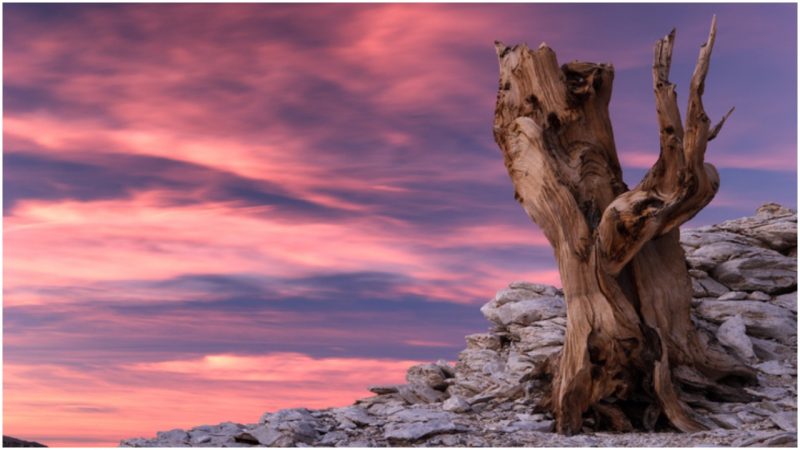It is a question of considerable debate among scientists what genuinely counts as the oldest living thing on our planet. Some might not agree, but many say it is the bristlecone pines.
They might not be the most magnificent-looking trees we come across in the world’s forests and mountains. Neither do they grow to be as gigantic as a sequoia, nor retain a shape as elegant and graceful as the old Angel Oak tree of South Carolina. But they have one trait that scientists and the broader community find striking: their ability to reach an extreme age, perhaps unlike any other individual living organism found on our planet.
The Great Basin bristlecone pines, Pinus longaeva, have indeed been noted for their astonishing longevity and that is thanks to their resilience, their ability to not only survive but thrive in the most severe weather and environmental circumstances. Such harsh conditions actually appeal to the bristlecone pines.
In the Great Basin National Park, one of the locations where these trees can be spotted, the winters are long and cold with temperatures averaging 19°F during December and January. All life here has to endure extreme winds and short growing seasons. But P. longaeva doesn’t seem to mind. It still grows, so slowly and steadily, that it has even adapted in order to die in the same manner.
Scientists have noticed from studying growth rings that these pines can skip a year of growth. Such is the case with probably one of the most famous examples of the bristlecones, the tree Prometheus, named after the smart trickster from Greek mythology who gifts humanity with fire and the art of metalwork.
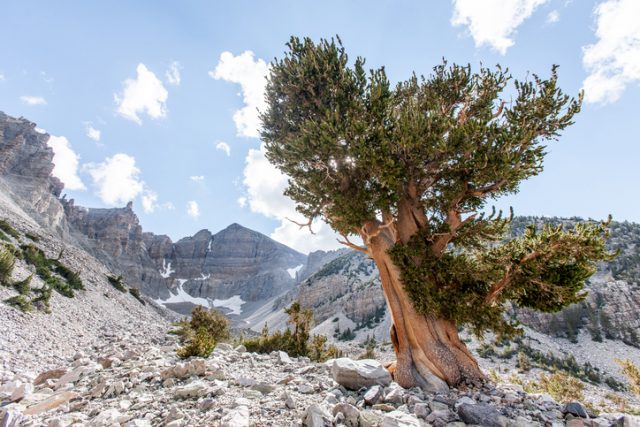
Prometheus underwent examination during the 1960s, but sadly it was mistakenly cut down. But this did mean that its rings were counted, and the total was 4,862. Given that the tree didn’t add new rings consistently each year, scientists working on the case have estimated the age of Prometheus to be at around 4,900 years.
As Prometheus fell, another known bristlecone tree took the title of “oldest known.” That was Methuselah, living in the heights of the White Mountains in California. In 2012, it was estimated that the age of Methuselah is an astonishing 4,845 years. But even that number has been surpassed.
According to the National Park Service, that same year another bristlecone living somewhere in the proximity of Methuselah was found to be 5,065 years of age, a world record breaker. Many have considered the 5,065-year-old tree to be the oldest living organism extant on Earth, and because its age is so rare, its location is kept secret.
The age designation was given by Edward Schulman, who began his career in dendrochronology in 1932, aged 24, as an inexperienced fieldwork assistant. He made it his life’s work to hunt down the world’s oldest trees. After many years of taking core samples, he discovered around 20 more than 4,000 year old trees, including Prometheus and Methuselah.
Some of his research has contributed to raising awareness of the areas where the bristlecone pines naturally grow, and also for emphasizing the importance of the bristlecone as a great resource to learning more about the climate history of Earth through carbon dating methods. Shulman’s impact spread beyond the scientific community through publication of his research in magazines such as National Geographic.
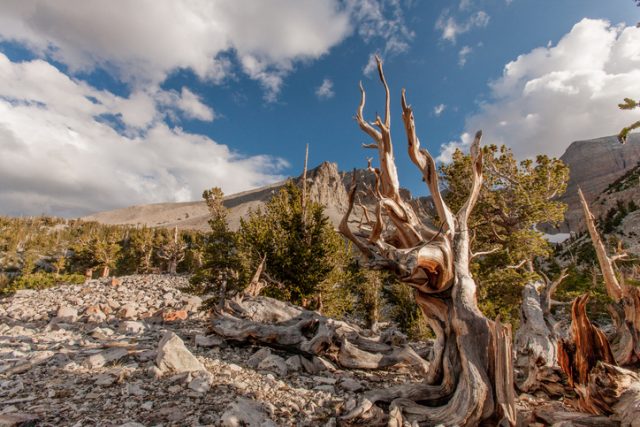
The extreme age of the oldest known bristlecone pine trees means that they not only supply us with climate-history-related information, but that they were here when some human civilizations were developing the first ever systems of writing or while others were employed in building megalithic monuments of the likes of the Stonehenge.
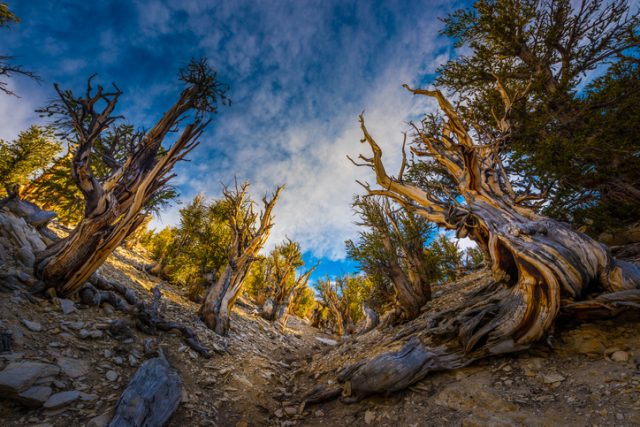
It is the slow method of growing that has enabled this tree species to develop particularly dense wood, allowing it safety and protection from parasites and fungi invasions, and also resilience to natural catastrophes and processes such as erosion.
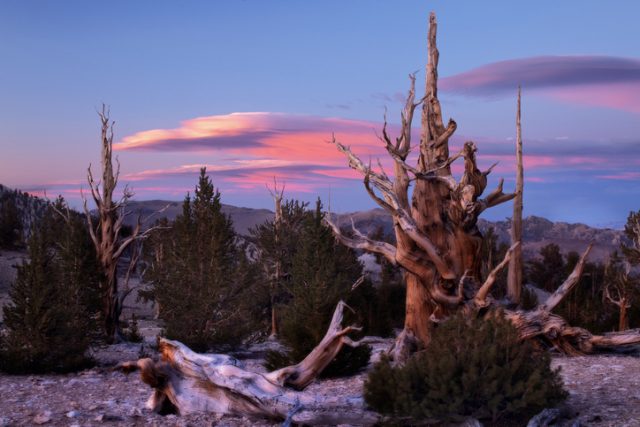
Curiously, bristlecone pines that grow in less harsh environments fail to reach the legendary age of their peers up in the White Mountains or the Great Basin National Park, and they also fail to grow the typical intricate twists and knots with their branches and roots.
The odds are good that somewhere across the mountains there are more bristlecone pines with ages have still not been determined, but with a chance that they could even pre-date all the previously known oldest representatives of their family.
